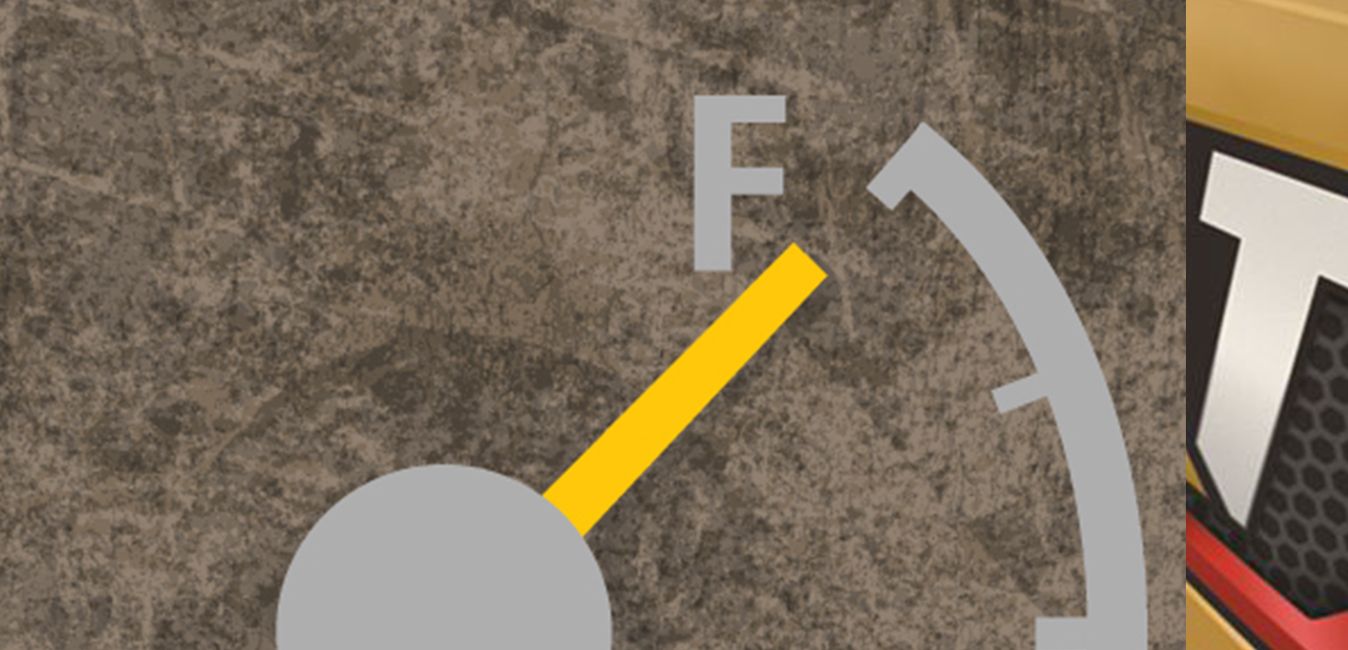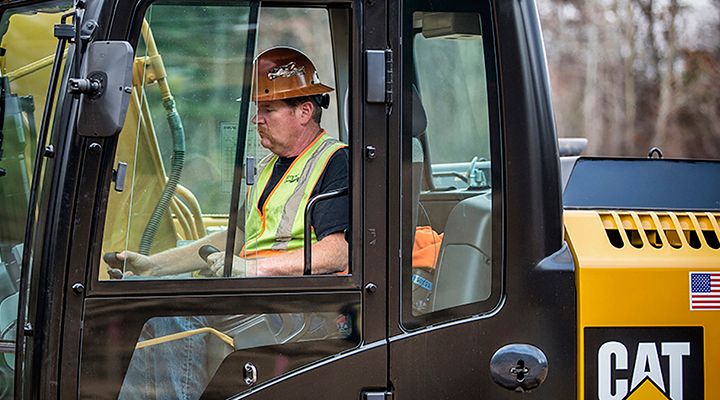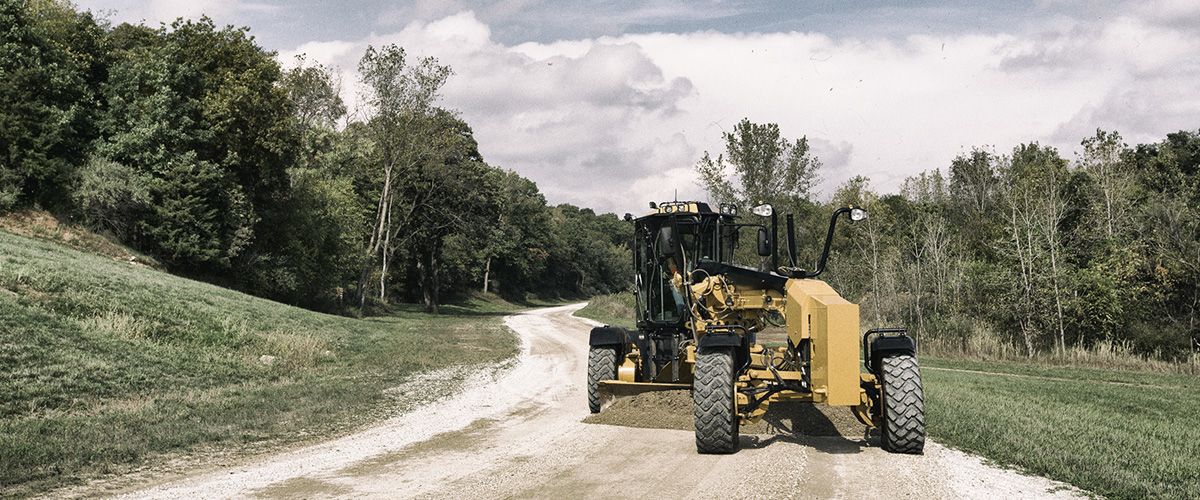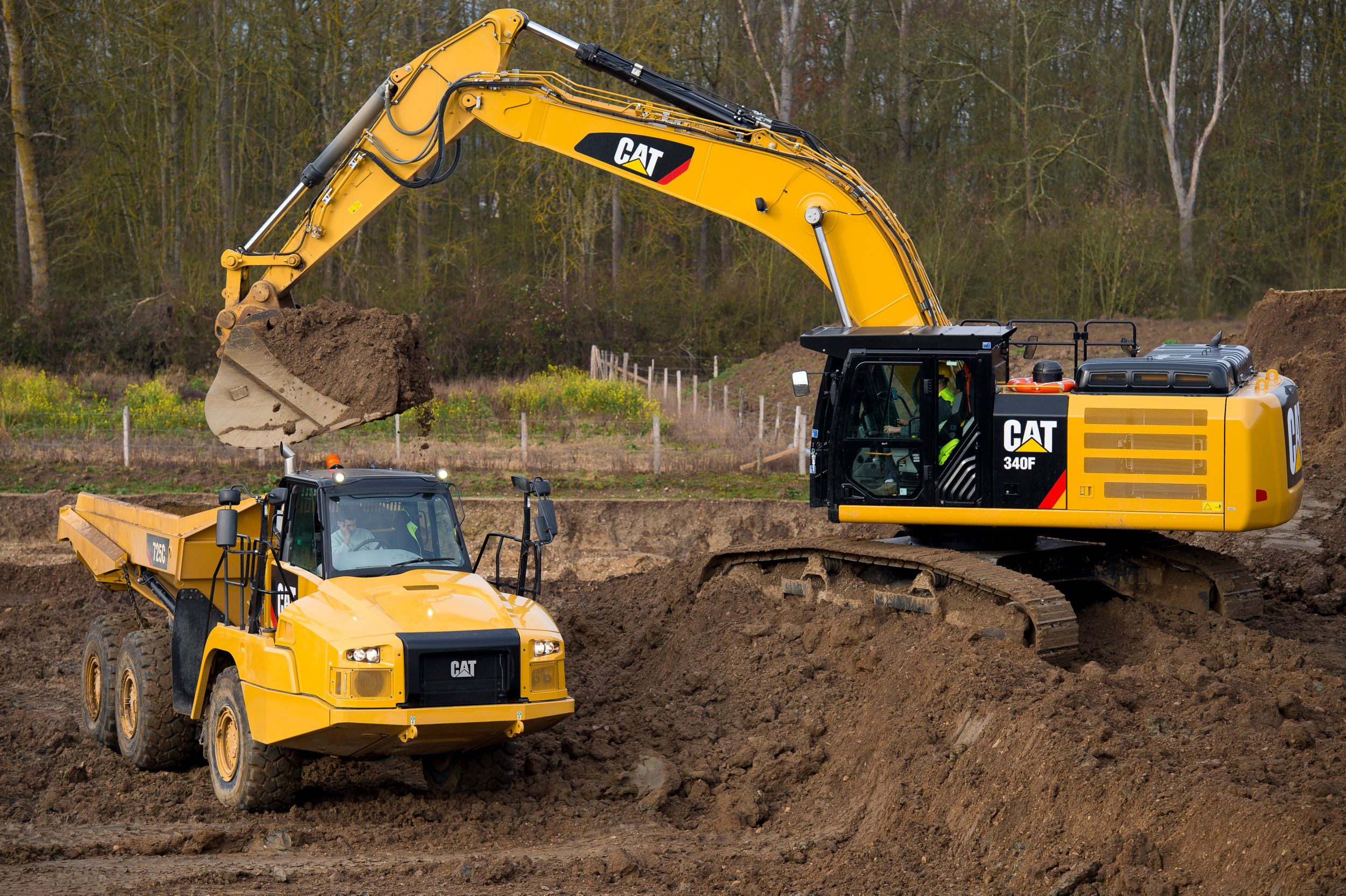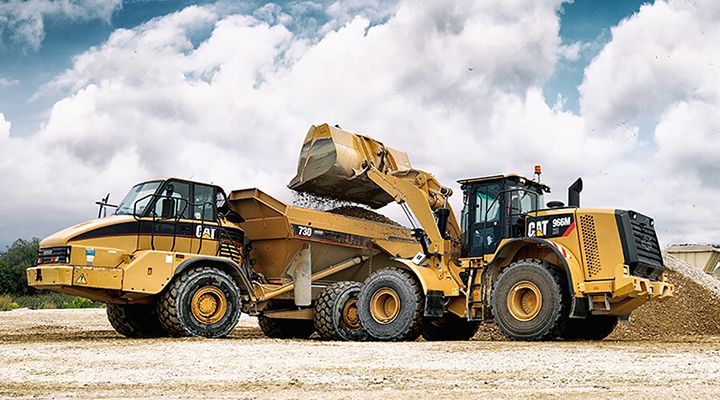

Sign In
Welcome! Sign In to personalize your Cat.com experience
If you already have an existing account with another Cat App, you can use the same account to sign in here
Register Now
One Account. All of Cat.
Your Caterpillar account is the single account you use to log in to select services and applications we offer. Shop for parts and machines online, manage your fleet, go mobile, and more.
Account Information
Site Settings
Security
Rolling Resistance Factors
Total resistance is made up of two components-grade resistance and rolling resistance. The greater the resistance, the more power required to move the load, the higher the costs of fuel, tires and undercarriage components. You can use rolling resistance factors to help you identify which equipment will be most efficient on your worksite.
Rolling Resistance is a measure of the force that must be overcome to roll or pull a wheel/track over the ground. It is affected most by ground conditions and load—the deeper the wheel/track sinks into the ground, the higher the rolling resistance. Internal friction and tire flexing also add to rolling resistance.
A 2 percent base resistance is quite often used for estimating, however the more accurate your description of ground conditions and load, the more accurate your estimate will be. Find the underfoot description below that best describes your worksite to see the resistance factors you can use for estimating.
Rolling Resistance Percentage Table |
||||
|---|---|---|---|---|
| Underfoot Description | Tires (bias) | Tires (radial) | Track | Track & Tires |
SURFACE A
|
1.5% | 1.2% | 0.0% | 1.0% |
SURFACE B
|
3.0% | 2.5% | 0.0% | 1.8% |
SURFACE C
|
4.0% | 4.0% | 0.0% | 2.4% |
SURFACE D
|
5.0% | 5.0% | 0.0% | 3.0% |
SURFACE E
|
8.0% | 8.0% | 0.0% | 4.8% |
SURFACE F
|
10.0% | 10.0% | 2.0% | 7.0% |
SURFACE G
|
14.0% | 14.0% | 5.0% | 10.0% |
SURFACE H
|
20.0% | 20.0% | 8.0% | 15.0% |
RELATED ARTICLES
You’re here to get ideas to grow your business. Read on for machine insights and expert tips and tricks to get more out of every job.
-
New Ways to Burn Less: The Latest in Fuel Efficiency
More stringent emissions standards pushed manufacturers to develop engines that run cleaner with many of those advancements resulting in big gains in fuel efficiency.
Learn More -
Do More Work in Less Time — Using Less Fuel
Superior fuel performance and ease of service can help to maximize your return on investment.
Learn More -
Swell & Void Percentage, Load Factors
Learn about Swell and Void Percentages, load factors and how they can affect your fuel efficiency.
Learn More -
5 Questions to Ask when You’re Serious about Improving Fuel Efficiency
There’s no simple way to improve fuel efficiency, but if you’re up the job, here are five questions to consider.
Learn More
